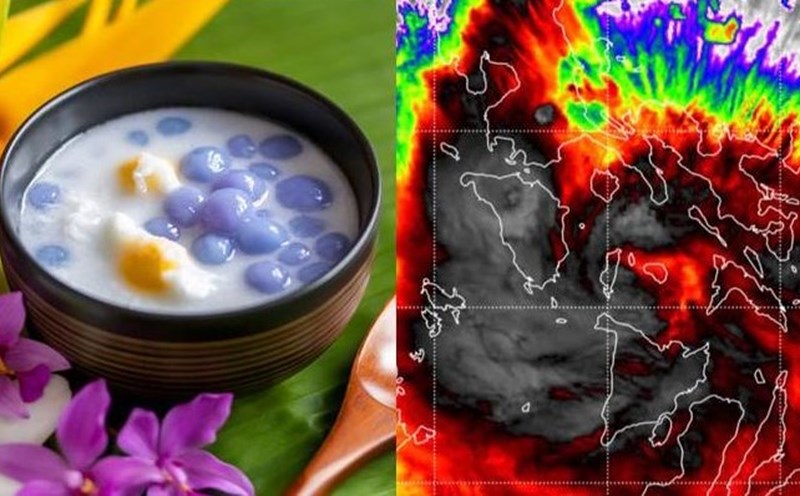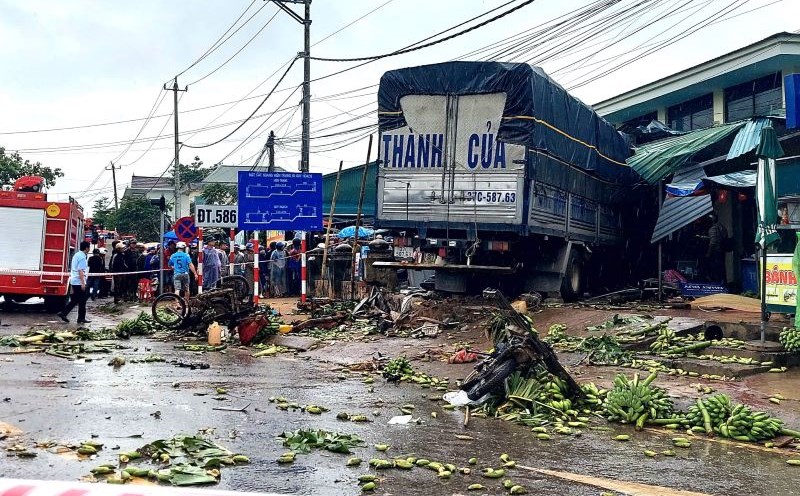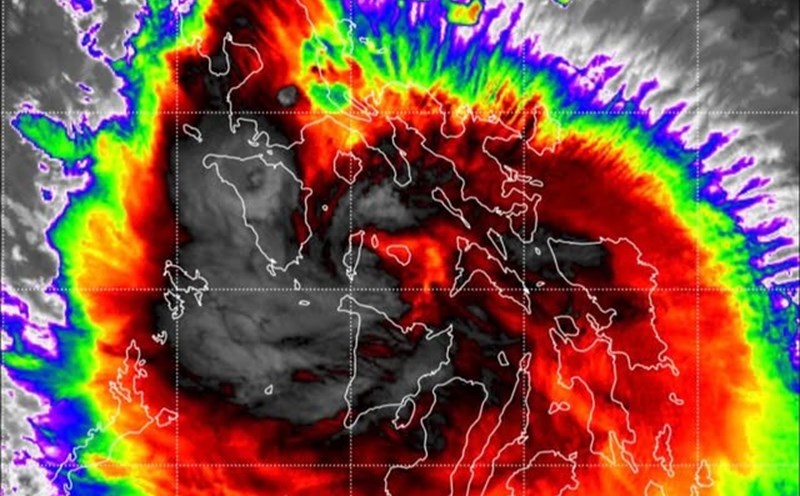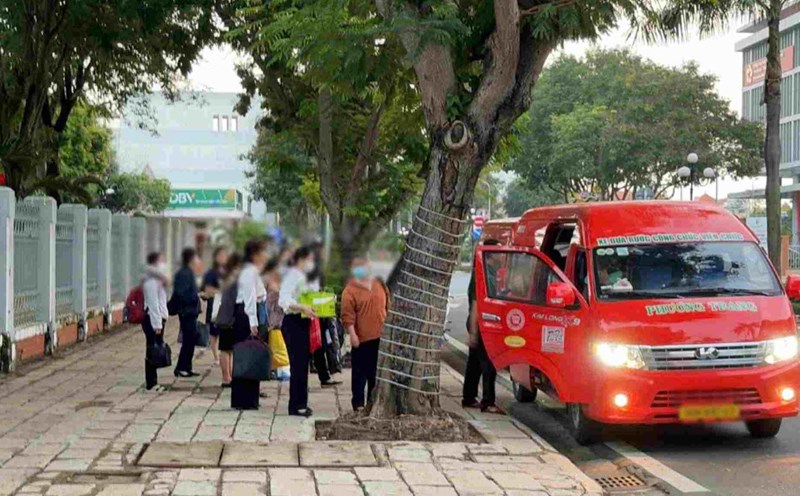On September 26, Typhoon Bualoi made landfall in the northern Philippines just days after Typhoon Ragasa left heavy damage. According to the National Disaster Risk Reduction and Management Council of the Philippines, at least four people have died, many injured, and more than 50,000 people have been forced to flee their homes to avoid the storm.
Heavy rains and strong winds caused widespread flooding in Cagayan, Isabela and Ilocos Norte provinces. The power system was interrupted, many main roads were deeply flooded, hindering rescue work. Schools and offices in many areas of the North have been closed.
Bualoi's winds reached about 110 km/h, gusting over 140 km/h, causing the Philippine Meteorological Agency (PAGASA) to warn of the risk of flash floods and landslides, especially in areas that have just been affected by super typhoon Ragasa. PAGASA said the storm will continue moving towards the East Sea and is likely to affect Central Vietnam in the next few days.
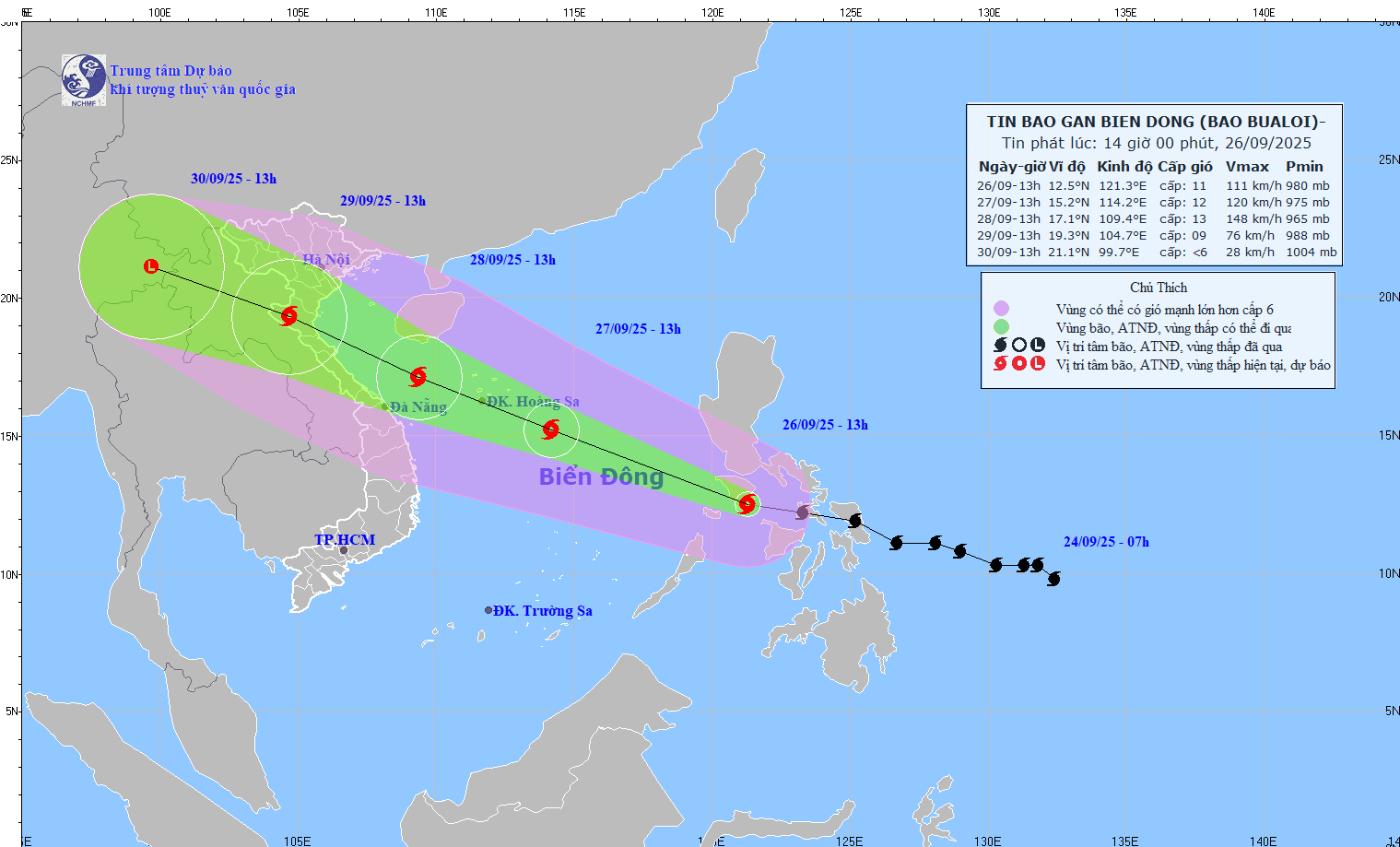
Not only did the storm cause damage to people and property, it also paralyzed the Philippines' economic activity. The Philippine Central Bank was forced to temporarily suspend currency trading on September 26, while stock exchanges and government agencies were also closed.
A series of domestic and international flights were canceled, and the seaport system was temporarily suspended. Businesses in the capital Manila have to let employees work at home or take time off to ensure safety.
Philippine President Ferdinand Marcos Jr. has directed emergency agencies to deploy relief and support people in evacuation. The army and coastguard forces were mobilized to distribute necessities, build temporary shelters and repair damaged infrastructure. The government also warns of the risk of epidemics due to polluted floodwaters.
For now, the Philippines is facing a piling burden: Infrastructure has just overcome after super typhoon Ragasa continues to be severely damaged by typhoon Bualoi, while the economy is facing further shocks due to trade disruptions and financial markets.

Storm Bualoi tends to strengthen when entering the East Sea on September 27, becoming storm No. 10, causing heavy rain in Central Vietnam in the coming days. The regional meteorological agencies are closely monitoring the developments to issue timely warnings.

